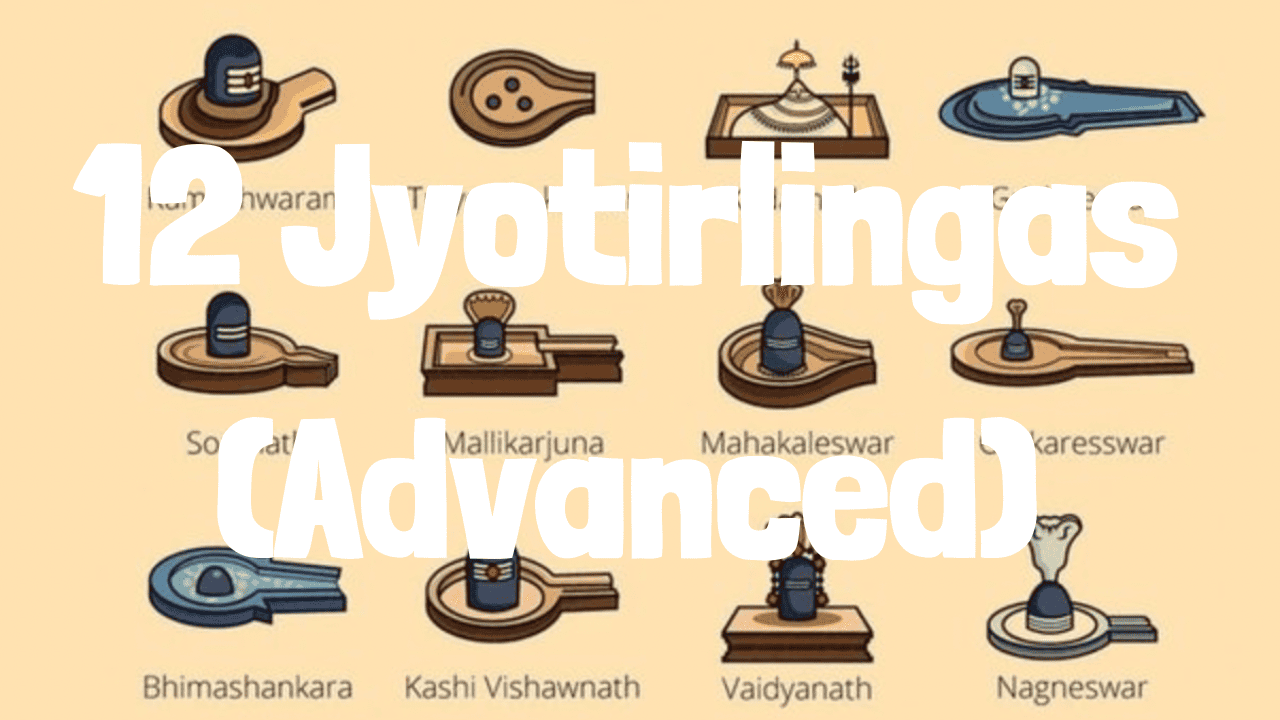
Skeletal System: Renew, Restore & Strengthen (Energy Field Protocol)
The human skeletal system is a remarkable and intricate framework of bones that provides structural support to the body, protects vital organs, facilitates movement, and plays a crucial role in various physiological processes. Comprising 206 bones in adults, the skeletal system can be categorised into two main divisions: the axial skeleton and the appendicular skeleton.
- Axial Skeleton:
- The axial skeleton forms the central axis of the body and includes the following key components:
- Skull: The skull consists of the cranium (protecting the brain) and the facial bones, which provide shape and support to the face.
- Ribs and Sternum: The ribcage is comprised of 12 pairs of ribs attached to the thoracic vertebrae and the sternum (breastbone). It safeguards the heart and lungs and assists in the process of breathing.
- Vertebral Column (Spine): The vertebral column is composed of 33 vertebrae, including cervical (neck), thoracic (mid-back), lumbar (lower back), sacral (fused to form the sacrum), and coccygeal (fused to form the coccyx) vertebrae. It provides support to the body and protects the spinal cord.
- Skull: The skull consists of the cranium (protecting the brain) and the facial bones, which provide shape and support to the face.
- Appendicular Skeleton:
- The appendicular skeleton consists of the bones of the limbs and their associated girdles. It facilitates movement and includes:
- Shoulder Girdle: Comprising the clavicle (collarbone) and scapula (shoulder blade), the shoulder girdle attaches the upper limbs to the axial skeleton.
- Upper Limbs: Each upper limb consists of the humerus (upper arm bone), radius, ulna (forearm bones), carpals (wrist bones), metacarpals (palm bones), and phalanges (finger bones).
- Pelvic Girdle: The pelvic girdle includes the hip bones (ilium, ischium, and pubis) and serves as the connection point between the lower limbs and the axial skeleton.
- Lower Limbs: Each lower limb consists of the femur (thigh bone), patella (kneecap), tibia, and fibula (leg bones), tarsals (ankle bones), metatarsals (foot bones), and phalanges (toe bones).
- Shoulder Girdle: Comprising the clavicle (collarbone) and scapula (shoulder blade), the shoulder girdle attaches the upper limbs to the axial skeleton.
The skeletal system is not just a static framework of bones but a dynamic and living tissue. It constantly undergoes remodelling, where old bone tissue is replaced by new bone tissue through a process called bone remodelling. The bones also serve as reservoirs for minerals like calcium and phosphate, playing a crucial role in maintaining the body’s mineral balance.
In addition to these structural functions, the skeletal system interacts with the muscular, circulatory, and nervous systems to enable movement, provide attachment sites for muscles, and participate in the production of blood cells within the bone marrow.
The skeletal system, like any other part of the body, can be affected by various disorders and conditions that can impact its structure, function, and overall health. Here are some well-known disorders of the skeletal system:
- Osteoporosis: Osteoporosis is a common skeletal disorder characterised by the weakening of bones, which become fragile and prone to fractures. It often occurs in older individuals, particularly postmenopausal women, and is associated with reduced bone density.
- Arthritis: Arthritis refers to a group of inflammatory joint disorders, with osteoarthritis and rheumatoid arthritis being the most prevalent. These conditions can lead to joint pain, stiffness, and degradation of the cartilage that cushions the joints.
- Osteoarthritis: Osteoarthritis is a degenerative joint disease that primarily affects the joints’ cartilage, causing pain and limited mobility. It is often related to aging and wear and tear on the joints.
- Rheumatoid Arthritis: Rheumatoid arthritis is an autoimmune disorder where the body’s immune system mistakenly attacks the synovium (lining of the membranes that surround the joints), leading to joint inflammation, pain, and potential joint deformities.
- Osteogenesis Imperfecta: Also known as brittle bone disease, this genetic disorder results in bones that are extremely fragile and prone to fractures. It can range from mild to severe, with some forms causing frequent fractures and skeletal deformities.
- Scoliosis: Scoliosis is a condition characterised by an abnormal curvature of the spine, often in the shape of an “S” or “C.” It can lead to back pain, breathing difficulties, and in severe cases, require corrective surgery.
- Paget’s Disease of Bone: Paget’s disease is a chronic disorder in which bone tissue is abnormally regenerated and reabsorbed. This can lead to enlarged and weakened bones, causing pain and deformities.
- Ankylosing Spondylitis: Ankylosing spondylitis is a type of inflammatory arthritis that primarily affects the spine and sacroiliac joints. It can lead to stiffness, fusion of the spine, and reduced mobility.
- Osteomyelitis: Osteomyelitis is a bone infection often caused by bacteria. It can lead to bone pain, fever, and in severe cases, bone destruction.
- Gout: Gout is a form of arthritis caused by the buildup of uric acid crystals in the joints. It results in sudden and severe joint pain, often affecting the big toe.
- Fibrous Dysplasia: Fibrous dysplasia is a rare bone disorder in which fibrous tissue replaces normal bone, weakening the affected bones and potentially causing deformities.
- Osteochondrosis: Osteochondrosis refers to a group of disorders in which the growth of bone and cartilage is disrupted, often occurring in growing children and adolescents.
- Osteosarcoma: Osteosarcoma is a type of bone cancer that primarily affects the long bones, such as the arms and legs. It is a rare but aggressive form of cancer.
This skeletal system protocol has been designed to renew, restore and rejuvenate the entire system to its most efficient, natural and healthy state, as per the original blueprint of the human body.
The energies contained in this protocol will work directly with the body intelligence, and its healing and rejuvenation process to naturally, and rapidly heal the entire skeletal system.
This ensures a natural system of healing and restoration, without any side effects.
Play this file, through speakers, 2 – 3 times a day. Expose your entire body to the energy field. The best time would be early in the morning or in the evening, when the body is in a restful state.
Use this file daily, for a minimum of 3 month for optimum results.
If you have more serious issues, we have an advanced protocol, which is just shy of 600% in potency and consciousness of the Youtube version. The advanced version also allows you to direct the flow of this energy to parts of the skeletal system that you need help with. You can ask the energy field to work on specific areas.
Please use this protocol as an aide to whatever course of care you are already undertaking for your condition, under the supervision of a medical professional.
We also highly recommend daily intake of vitamin D, combined with vitamin K2 (MK7 or MK4), for strong bones. Do not take vitamin D, without Vitamin K2. If you are taking calcium supplements, we highly recommend for you to stop.
Calcium supplements run the risk of calcium deposits in your arteries, veins and organs. Vitamin D and K2 together, remove the calcium from these areas and send them to the bones.
Combine the use of this protocol, with the above supplements, plus regular physical exercise.
Medical & Legal Disclaimer:
Although this energy protocol has been created with advice from a Medical Professional on our team, the creator of this energy protocol is not a medical professional.
The statements on this page, and the product itself, have not been evaluated by the FDA. This product is not intended to diagnose, treat, cure, or prevent any disease.
The product, and all content on this website is not intended to be a substitute for professional medical advice, diagnosis, or treatment. Always seek the advice of your doctor or other qualified health provider with any questions you may have regarding a medical condition.














